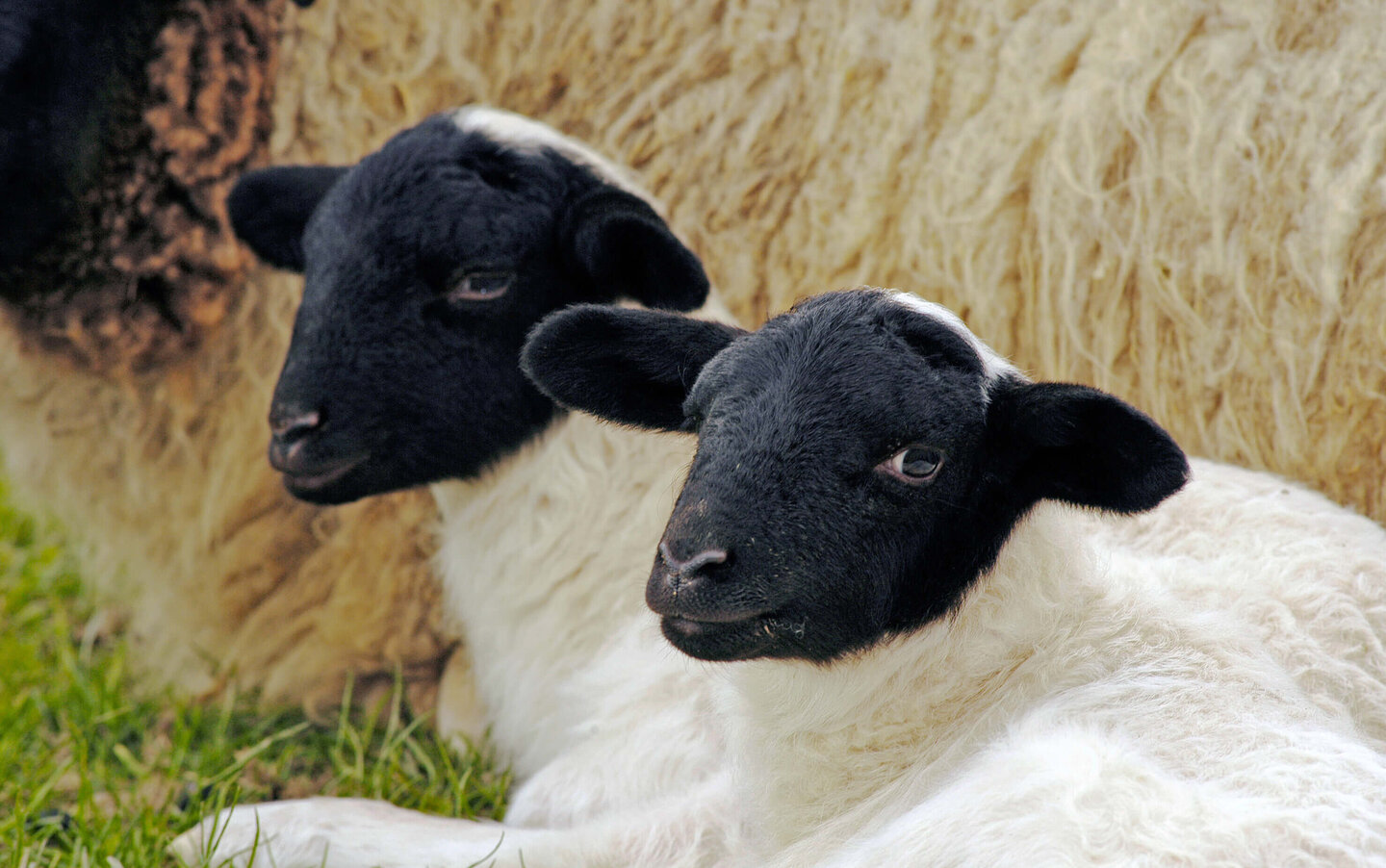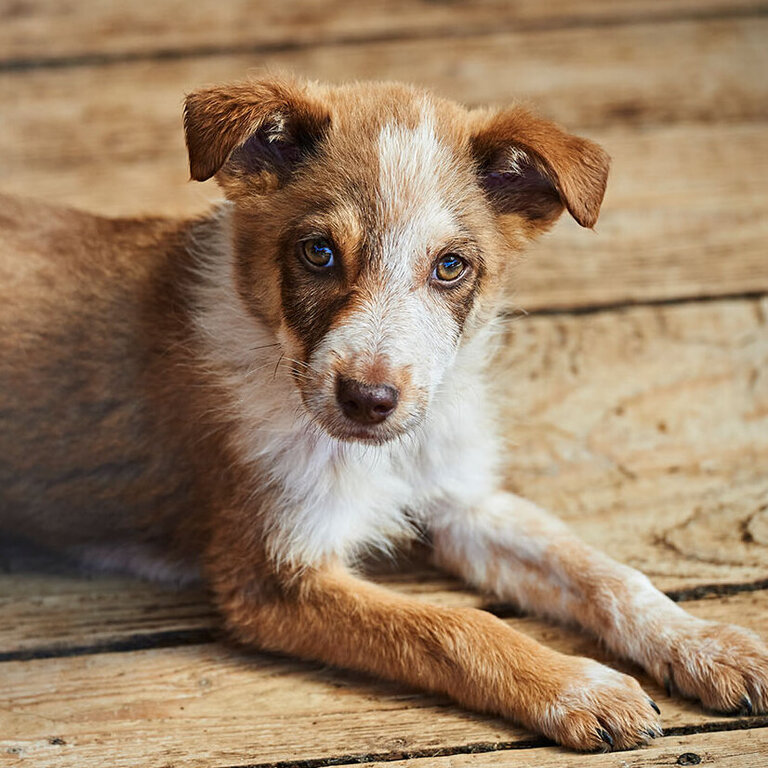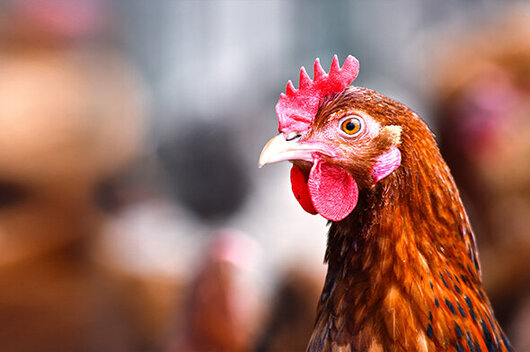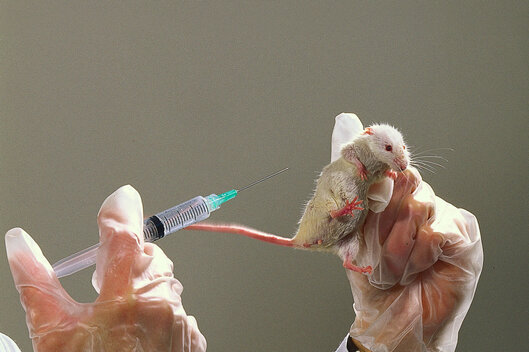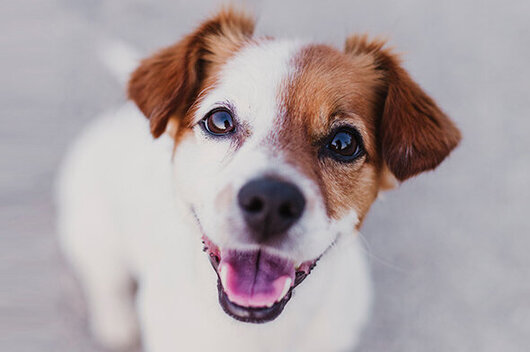What is cloning?
In very simple terms, cloning means "copying" a living being. Nowadays, it is possible to create a copy of an adult mammal from a single body cell. To do this, people take egg cells from an animal and remove the cell nuclei. They then insert the cell nucleus of the animal they wish to clone into this enucleated cell. They obtain this cell nucleus from the skin, for example. When they fuse the cell nucleus and the "empty" egg cell, an artificial embryo is created. They then transfer this embryo to a surrogate mother, i.e. another member of the same species.
Many embryos die during cloning
- Sometimes hundreds of embryos die before a clone is born alive. Many of them already in the petri dish. After they are implanted in the uterus of the surrogate mothers, the so-called foster animals, further losses occur. This also happens at stages of development in which the fetuses can already feel pain.
- It should also be borne in mind that the cloning experiments that may be reported in the media are often only the end of many other experiments and much more extensive research. This means that animal suffering is much greater than the individual experiment reveals.
Surrogate mothers who carry cloned embryos suffer
- The surrogate mothers or amimals suffer from the hormone treatments during cloning. The births are also very stressful for them. Among other things, caesarean sections often have to be performed if the foetuses are very large.
- The suffering of the so-called source animals, whose egg cells are removed by the scientists in order to remove the cell nuclei, is also not usually discussed. The hormone treatments that cause them to produce more mature eggs than usual can be very stressful. In addition, the egg cells may be removed by surgery.
Dolly the sheep was just the beginning
In 1996, Dolly the sheep became world-famous as the first cloned mammal. However, one thing was lost in the enthusiastic media reports about the scientific "progress" at the time:
Dolly was the only sheep to survive out of 277
clone embryos
And even that was certainly only the tip of the iceberg at the time. To date, around 25 animal species have been cloned, including monkeys. As a rule, more than 95 percent of the clone embryos transferred die in the womb or shortly after birth.
Questionable reasons for cloning animals
People clone animals for various reasons: Owners have their beloved pets pets cloned for expensive moneyso that they can cuddle with a copy of their favorite animal after their death. However, as their character is not reproduced during cloning, this remains just an expensive illusion. Horse owners order copies of particularly successful show jumpers or polo horses from the cloning laboratory. And in agriculture, the industry is trying to artificially "breed" particularly high-performing animals. They hope that they will produce breeding animals, which in turn will produce offspring that produce a lot of meat or milk.
Genes are also manipulated in cloning laboratories
Cloning technology can also be used to modify the genetic material of animals and breed animals with completely new characteristics instead of "copies". Examples of this include attempts to "develop" cattle without horns, to eliminate typical diseases in pedigree dogs or to produce only male offspring from fattening bulls. These procedures usually increase the suffering of the animals.
This is what the German Animal Welfare Federation demands
The German Animal Welfare Federation rejects the cloning of animals. Cloned animals or products from cloned animal breeding should also not be allowed to be imported into Germany or Europe. This could reduce the incentive to clone animals abroad. It could also prevent cloned animal breeding from creeping into Europe.
Instead of cloning animals and torturing them in test laboratories, politicians must finally develop a strategy for phasing out animal testing. In addition to the increased promotion of animal-free methods, it must also include a ban on animal patents .

